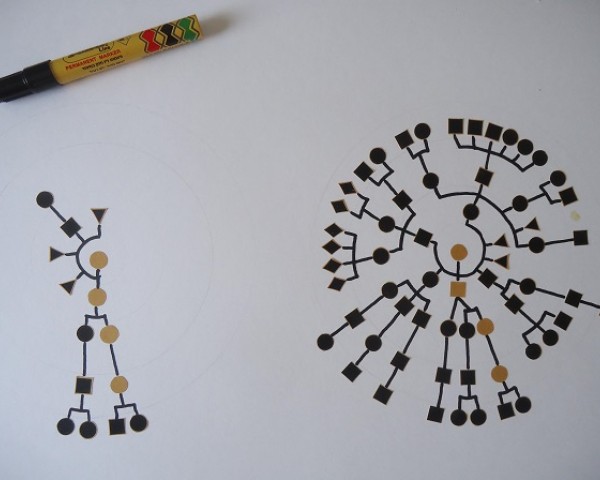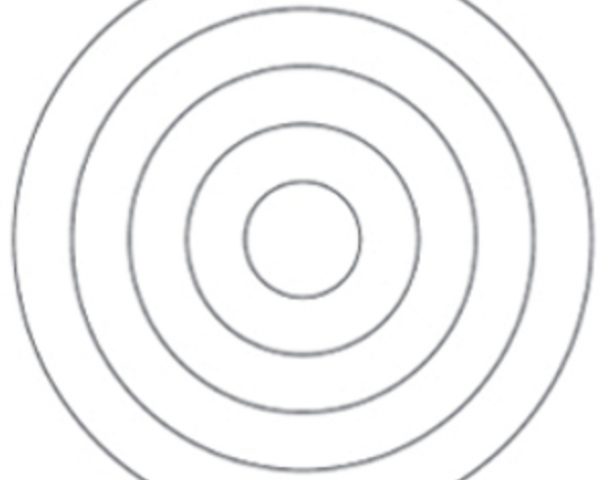What is a genogram? It comes from a family tree scheme, where people genetically related to each other are shown in the special graphic manner.
A genogram uses special symbols to describe relationships, marriages, children's births over memorable generations of the family.
Why making a genogram? The first genogram you possibly made was a school project at the 7th grade. You learned from a genogram who is married, divorced, widowed, etc. and just found out how someone's name is.
Another reason for making a genogram is a medical referral. Your doctor wanted to know who in your family had once a heart attack or diabetes, suffer from cancer, addiction or psychosis. This kind of information outlines the predisposition to diseases, which we carry in ourselves genetically.
What may a psychologist learn from a genogram? Three matters are manifested through this method:
1) the unconscious structure of the family (there are 4 types of family structures, they are exhaustively described in the book "People and Fates. Szondiana in Psychological Counseling"),
2) the psychology of every kinship at the level of values (The fate of the adventurous men, The fate of the men of principles, The fate of the highly skilled men, The fate of the generous soul),
3) a profession of every family member (and to assume how powerful needs and deliberate choices are guiding someone's fate).
When making a genogram you’ll need to know how to present the connections between the relatives in a graphic manner. Because we are more interested in occupation and personality of your family members, our interview makes the accent on the choices were made by them in different life crises and difficult situations, and not on the chronology and the dates.
We developed an approach called "the circular genogram" as a useful tool to visualize important psychological findings during our face-to-face consultations.
All you need to make a circular genogram are:
a box with black figures, where circles are used to signify women, squares - men, triangles - family members who died until 18th birthday, and rhombuses - family members whom sex is unknown;
gold figures which are used to represent the same client on the different sheets;
your attention to an interlocutor.
As a result, you get on the blank sheet the easily removable picture where one line represents the same generation.
We need such graphic representation to take a look at the family structure (the example below demonstrates the Mom's family structured like "aspen-tree", and the Dad's family structured like "rowan-tree").
There are 4 structures (their descriptions were given in the book); we have also "oak-tree" and "raspberry cane" forms of family trees according to an unconscious structure of the kinship).
You will need four templates (two for Mom's parents and two for Dad's parents of the client) for circular genograms like this to put new family members while discussing their biographies. Everyone comes to the suitable place in the family branch and the generation.
Below the simple template is presented:
a pen to draw lines between the figures when the work is finished,
and a couple of hours.
For more information please download the presentation about a circular genogram (the text is in Russian):




